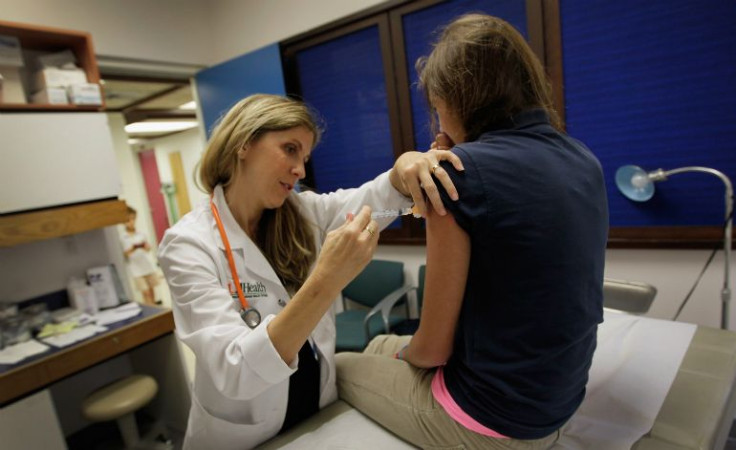
Teenage girls in Hispanic communities are more likely to receive at least one dose of the controversial HPV vaccine than those in other communities, a new study suggests."The higher HPV vaccination rates among girls living in poor communities and majority Hispanic communities, which also tend to have high poverty rates, are encouraging because these communities often have higher cervical cancer rates, but continued cervical cancer screening of vaccinated and unvaccinated women is needed because the vaccine does not cover all cancer-causing HPV types and sexually active women could have been infected prior to vaccination.” said Kevin Henry, lead author of the study. "The higher HPV vaccination rates in these groups also provide some evidence supporting successful health care practice and community-based interventions."
Researchers found it surprising because underserved communities typically have limited access to healthcare, the highest vaccination initiation rate (69 percent) was among girls in predominately Hispanic communities and the lowest rates were among girls in predominately black communities (54 percent) and white communities (50 percent)."HPV vaccines could dramatically reduce the incidence of HPV-associated cancers, but uptake of these vaccines is far lower than for other routine childhood and teen immunizations," said Henry. "The main goal of our study was to understand if geographic factors--that is, characteristics about a person's community--affect vaccination uptake, because this knowledge could inform current efforts to increase vaccination and prevent cancer."
© 2025 Latin Times. All rights reserved. Do not reproduce without permission.




